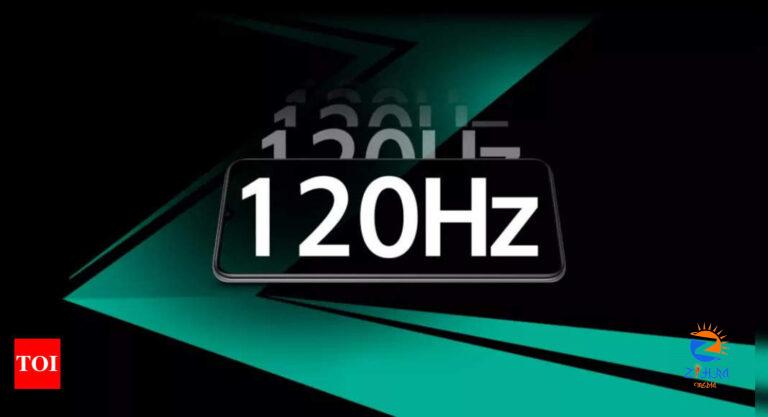
[ad_1]
A feature that most smartphone users are looking for in their devices before picking one is a display that supports higher screen refresh rate. However, this new trend of higher screen refresh rate is overshadowing another important metric, which is the touch sampling rate. Both of the features are equally important for users to get the best viewing experience. Here we will discuss how touch sampling rate is different from screen refresh rate and how it is important for consumers.
What is Touch Sampling Rate??
Touch sampling rate is the number of times a display can refresh itself to register a user touch input in one second. For example, if a smartphone has a touch sampling rate of 60Hz, it will look for the user’s touch input only 60 times in a second. That means every 16.6ms the smartphone will be ready for a touch input from the user.
The smartphone will have to wait for 16.6ms to register a user’s input if it misses registering a touch input in one cycle. For bigger cycles, the smartphone will take more time to register the user’s tap, process it and respond accordingly.
Importance of Touch Sampling Rate
The cycles between these touch inputs get shorter with higher touch sampling rates. Users have a better chance to register their touch input with higher touch sampling rates. As it is increased in a display screen taps start getting instantly registered and processed immediately.
What is Screen Refresh Rate?
Screen refresh rate is the number of times the display on a device updates or ‘refreshes’ itself every second, It is used to update the current image and create a sense of motion. It is the number at which a display can render maximum frames in one second. For example, 60Hz refresh rate is a standard for most devices and it means that the particular display can refresh the screen 60 times in one second. Therefore, more frames will appear in one second if the screen has a higher refresh rate, which will eventually result in a smooth motion.
If your smartphone display has a higher refresh rate, it will have smoother motion output for users while watching animations, scrolling, transitioning among apps and other UI tasks. Smartphone displays with higher refresh rates don’t skip a single frame and offer a fluid experience for users.
Touch Sampling Rate v/s Screen Refresh Rate
To compare, the screen refresh rate adds smoothness to the overall experience during UI navigation and the touch sampling rate helps in getting a quicker response to your touch input. Both these metrics are very different and come with different objectives, but both of them are equally important. If you want to make your smartphone experience to be more smooth and responsive, opt for a device that has both a higher screen refresh rate and touch sampling rate.
[ad_2]